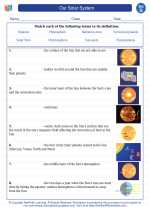Our Solar System -> radio telescope
Radio Telescope
A radio telescope is a specialized astronomical instrument designed to receive and detect radio waves from celestial sources. It is used to study the radio emissions from various objects in the universe, including stars, galaxies, and other astronomical phenomena. Radio telescopes are an essential tool in modern astronomy, allowing scientists to observe and study objects that emit radio waves, which are not visible with optical telescopes.
How Radio Telescopes Work
Radio telescopes work on the principle of collecting and amplifying radio waves from space. They consist of a large dish or array of dishes that are designed to collect radio waves and focus them onto a receiver. The receiver detects and amplifies the radio signals, which are then converted into electrical signals that can be analyzed and interpreted by astronomers.
Types of Radio Telescopes
There are two main types of radio telescopes: single-dish telescopes and interferometers. Single-dish telescopes consist of a single large dish that collects radio waves, while interferometers use multiple smaller dishes arranged in an array to achieve higher resolution and sensitivity. Both types of telescopes have their own advantages and are used for different types of observations.
Applications of Radio Telescopes
Radio telescopes are used to study a wide range of astronomical phenomena, including pulsars, quasars, galaxies, and the cosmic microwave background radiation. They have also been used to make important discoveries in the field of radio astronomy, such as the detection of the first pulsar and the mapping of the cosmic microwave background radiation.
Study Guide
- What is a radio telescope and what is its purpose?
- Explain how radio telescopes work and the principle behind their operation.
- What are the two main types of radio telescopes and how do they differ?
- Give examples of astronomical phenomena that can be studied using radio telescopes.
- Discuss the importance of radio telescopes in the field of astronomy and scientific discoveries.
Understanding the functioning and significance of radio telescopes is crucial for comprehending the broader field of astronomy and the study of celestial objects. By grasping the principles and applications of radio telescopes, students can gain a deeper understanding of the universe and the tools used to explore it.
.◂Science Worksheets and Study Guides Seventh Grade. Our Solar System

 Activity Lesson
Activity Lesson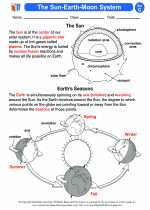
 Activity Lesson
Activity Lesson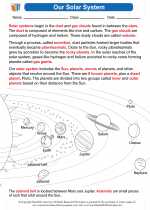
 Worksheet/Answer key
Worksheet/Answer key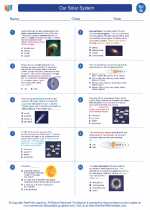
 Worksheet/Answer key
Worksheet/Answer key
 Worksheet/Answer key
Worksheet/Answer key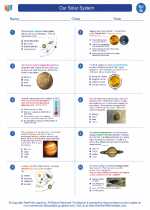
 Worksheet/Answer key
Worksheet/Answer key
 Vocabulary/Answer key
Vocabulary/Answer key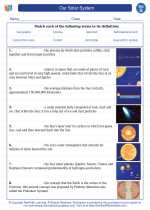
 Vocabulary/Answer key
Vocabulary/Answer key
 Vocabulary/Answer key
Vocabulary/Answer key